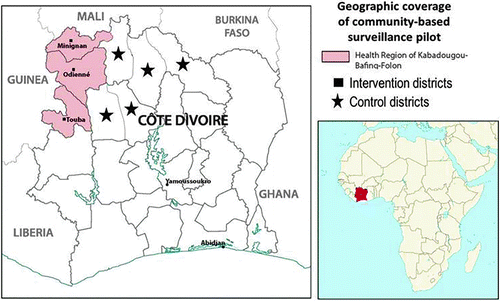We were happy to see a recent publication touch extensively on the use of mobile devices to map human health: “What’s Your Status: Mapping Human Health” by Diana S. Sinton, the Executive Director of the University Consortium for Geographic Information Science [UCGIS], a non-profit, membership organization that supports a higher education community of practice around GIScience research and teaching.
Now, every dimension of human health – from nutrition to disease to illness to accidents – is in some way being studied via GIS. Mapping of the information is central to the efforts, whether it’s at the stage of data collection, spatial analysis, or visualization of trends. Being able to visualize the patterns of spreading diseases is key to appreciating their origins and subsequent movements, as these examples of measles and Ebola both demonstrate.
True enough, and as Ms. Sinton points out, there are many different technology tools available to promote this process, from Twitter to Magpi mobile forms. Despite the difficulties, and the caveats (especially of crowdsourced data), and the potential costs, every year it seems we have more tools available to help us better understand how we are all collectively feeling out there: and especially to display the data on maps of various kinds. And more and more organizations are creating user guides and other materials to help train and guide those just working with mobile data collection, and with GIS, for the first time:
Magpi and numerous similar applications are ideally used in the field by individuals trained in the protocols of data collection, even if briefly and informally. Train-the-trainer workshops build capacity for data collection in many settings and for many purposes, and adding this type of technology-focused professional development is a new and important addition for many international organizations. Sets of training guidelines and protocols are being distributed as a resource for those fueling the growing demand. Sight and Life, an organization dedicated to combatting malnutrition, recently dedicated an issue of its magazine to the topic of technology and entrepreneurship, and within that was published a practical guide for implementers and practitioners on Using Mobile Technology for Nutrition Programs. University departments or centers that engage regularly with international data collection efforts are offering workshops on how to use phones in this manner, such as this recent one at the University of North Carolina.
We strongly recommend the whole article for a broad overview of where health data collection, and GIS visualization, is going as 2019 draws to a close.





